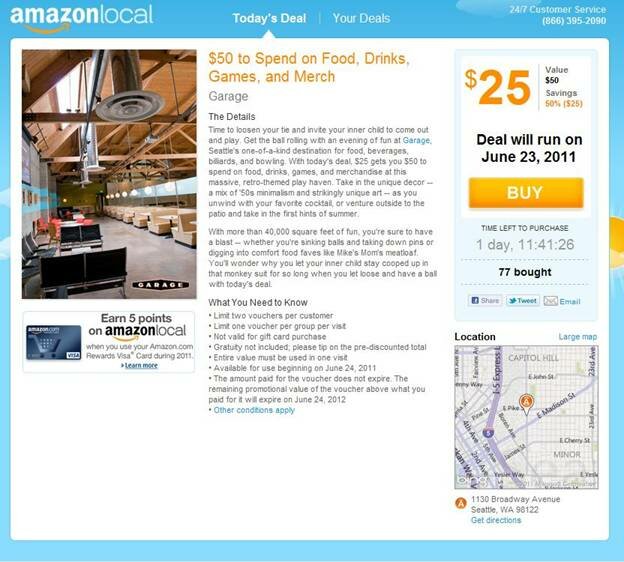 After long refusing to release hard figures on Kindle sales, Amazon confirmed that they have sold at least four with their announcement today that “Kindle unit sales on Black Friday — including the new Kindle Fire tablet — were four times greater than whatever they were on Black Friday a year ago,” as GeekWire puts it.
After long refusing to release hard figures on Kindle sales, Amazon confirmed that they have sold at least four with their announcement today that “Kindle unit sales on Black Friday — including the new Kindle Fire tablet — were four times greater than whatever they were on Black Friday a year ago,” as GeekWire puts it.
More at this astonishingly sales-copy-laden press release.
Across the U.S., 226 million shoppers spent a record $52.4 billion on stuff over the weekend, an average of $398.62. The National Retail Federation’s report conflates online and bricks-and-mortar retail sales, an odd imprecision given that they can tell you that “nearly one-quarter (24.4%) of Black Friday shoppers were at the stores by midnight on Black Friday,” that the most popular category was clothing and clothing accessories (51 percent), and the runner-up was electronics (almost 40 percent).
2011 was the first time that the Federation deigned to ask shoppers what they intended to do with their electronic devices:
More than one-quarter (25.7%) of Americans with tablet devices said they did or will purchase items with their devices, and 37.4 percent will or have researched products and compared prices with their tablets. Overall, more than half (57.1%) said they have or will use their tablet devices to shop for gifts this weekend.
Now comes not just Cyber Monday, but Cyber Week, says the Wall Street Journal, noting that online sales are up 30 percent over last year so far this morning.
It’s not precisely news, but within these developments lies a good deal of tension: If the online shopping experience is as good as the in-store, or even exceeds the in-store in certain ways, then shareholders start to wonder what the point is in brick-and-mortar stores so expensive that they don’t edge into the black until the Friday after Thanksgiving.
Here’s an anecdote, with the usual caveats. In the market for a pair of sandals, I browsed styles online over the weekend. Nordstrom had the Cole Haan’s I settled on in black and brown, so I decided to swing by to try them on, rather than buy-and-try. The store was the expected madhouse, but Nordstrom staff were as unflappable as always, directing me to the Cole Haan sandals on display, and hurrying off to check on sizes.
Regretfully, the sales clerk told me, they had nothing smaller than a 10. I explained I was hoping to try a pair on before I left for vacation to a spot where you can actually wear sandals (if you were wondering why a Seattleite was shopping for sandals with winter coming on). They could easily order me a pair, the clerk told me, but it would take four to six days. I thanked him, and went home and ordered my sandals from Zappos.com. (“Free Shipping Both Ways!“)
Now let’s return to the comforting realm of statistics:
“Despite some analysts’ predictions that the flurry of brick-and-mortar retailers opening their doors early for Black Friday would pull dollars from online retail, we still saw a banner day for e-commerce,” BBC News quotes Comscore’s chairman, Gian Fulgoni, as saying. On Black Friday, 50 million people visited online retail sites.
Ah.








